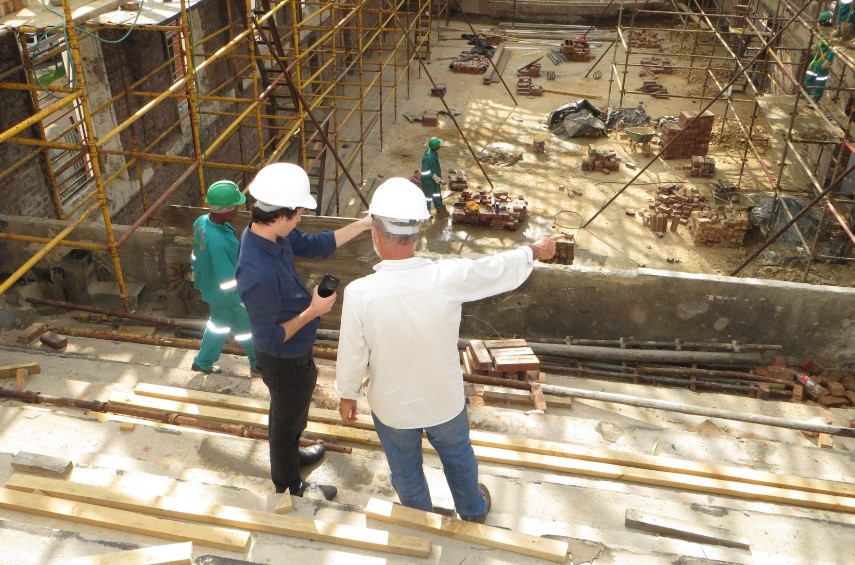Working at height remains a necessity in a huge variety of industries but still carries significant risks. In the United States, a spotlight is being placed on the prevention of falls from height in the construction industry, where fatalities are on the rise.
While efforts to raise safety standards continue, employers and employees alike must be fully aware of the risks involved and the best ways to mitigate them.
What is considered ‘working at height’?
Working at height refers to any work where there is a risk of a fall liable to cause personal injury. This includes working on ladders, roofs, scaffolds, or any elevated work area.
The minimum height at which fall protection must be provided varies by industry. OSHA enforces a minimum of four feet off the ground in most workplaces, while this distance is higher in some fields where elevated work is more commonplace like construction (six feet) or longshoring (eight feet).
What are the most common causes of accidents?
Falls are the predominant cause of serious injuries when working at height. They can occur due to various factors, including:
- Insufficient safety measures like guardrails or safety nets
- Improper use of equipment
- Lack of or inadequate training for workers
- Poor maintenance of equipment such as ladders and harnesses
- Human error, often exacerbated by fatigue or lack of attention
How to make it safer
It’s impossible to eliminate all risks when working at height but there is a variety of best practices that can be implemented to reduce the chances of something going wrong.
Training and awareness: Ensure that all workers receive comprehensive training on the risks associated with working at height, including the correct use of equipment and emergency procedures.
Proper equipment: Select the appropriate equipment for the specific task and have systems in place to confirm that suitable maintenance checks are regularly carried out. As well as items like ladders, scaffolds, and so on, personal protective equipment should be sourced from trusted suppliers like RS Americas so that employees can have confidence in harnesses, helmets, gloves, and more.
Risk assessment: Conduct thorough risk assessments before initiating any work at height. These are not tasks that should be performed on the spur of the moment. Identify potential hazards and implement control measures before a task is carried out.
Supervision and monitoring: No work at height should be carried out unsupervised. Regularly inspect equipment and work areas to ensure compliance with safety standards.
Emergency preparedness: Develop and regularly update emergency procedures, including rescue plans, to ensure rapid and effective response in case of an accident.
Implementing these strategies can significantly reduce the risks associated with working at height and help prevent accidents and injuries.



